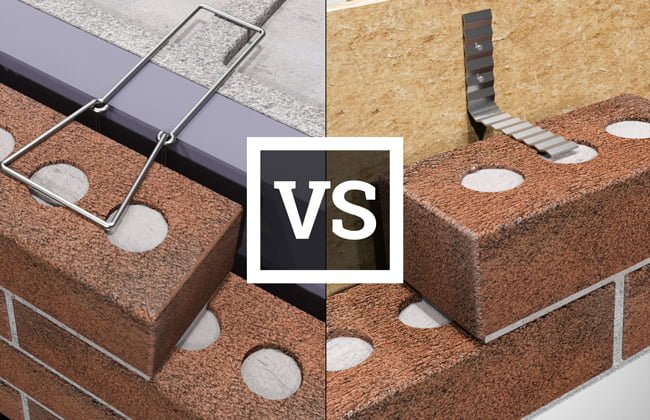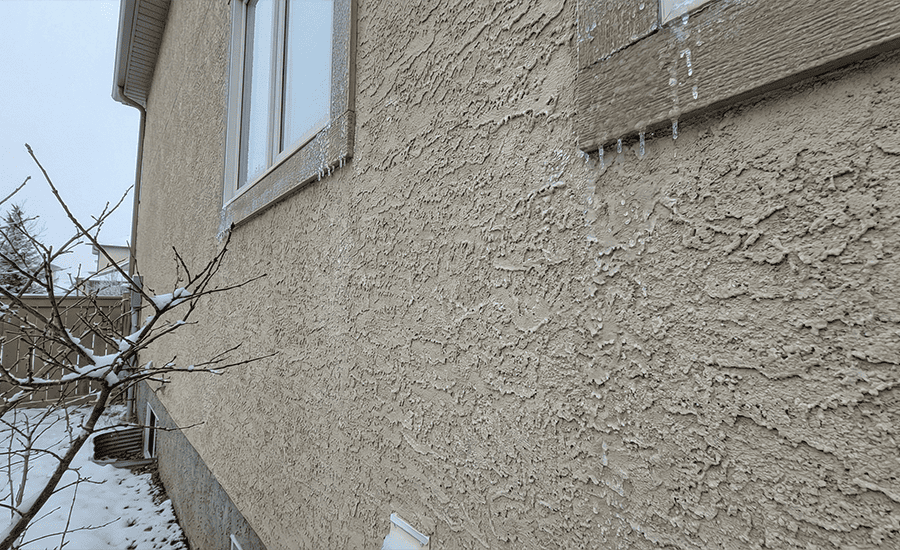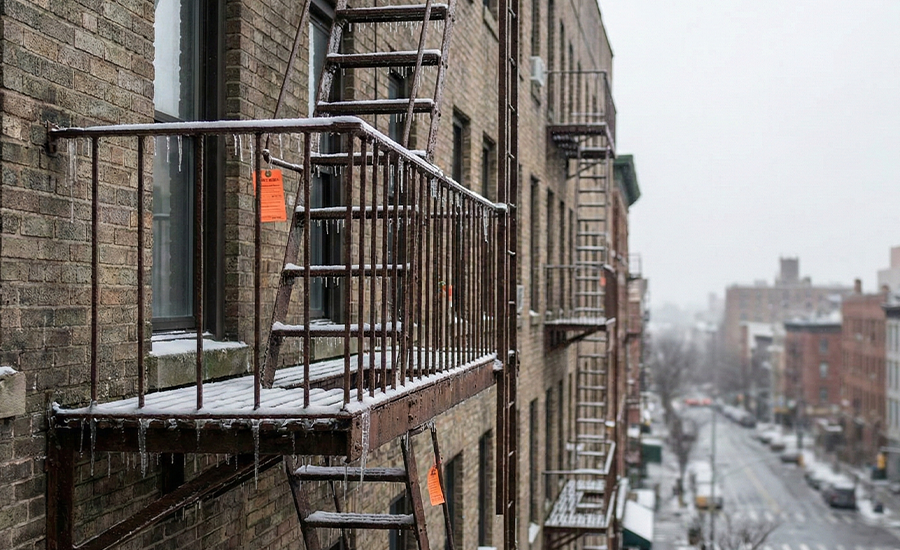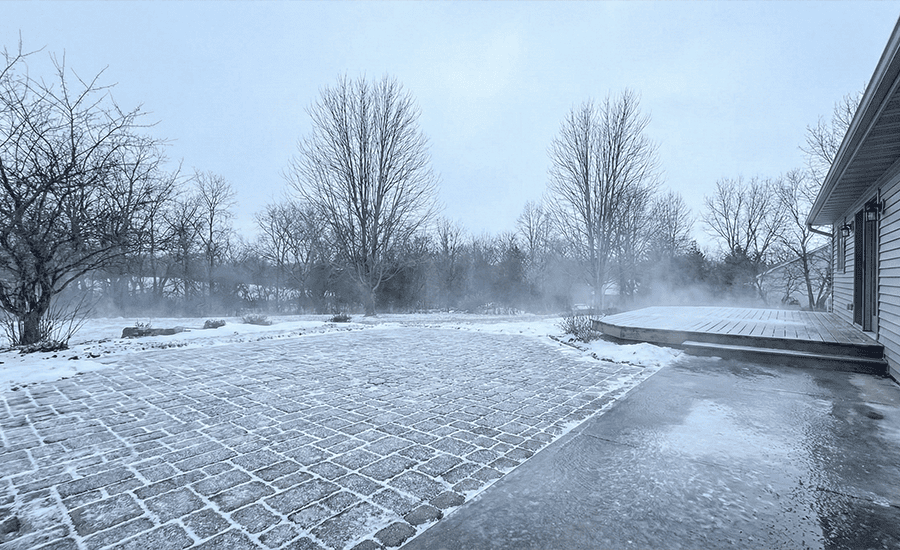Choosing the suitable building material for a construction project is very crucial. It is no doubt the ultimate mantra of successful builders. There are two famous options when it comes to choosing the right brick. Solid brick vs brick veneer creates sturdy and visually appealing structures.
In this comprehensive comparison, we’ll dive deep into the world of bricks to help you understand the differences between solid brick vs brick veneer. From structural considerations to cost comparisons and design options, we’ve got you covered! So let’s get started on this journey through the fascinating realm of bricks!
Understanding Brick Veneer and Solid Brick Construction
Two famous choices in brick construction are solid brick and brick veneer. Understanding the distinctions between these two techniques can assist you with picking the most ideal choice for your necessities.
Solid brick construction includes involving full bricks as the essential design of the wall. These bricks are stacked and fortified with mortar, making a solid wall that gives incredible protection and underlying trustworthiness. Solid brick walls can likewise give an elevated degree of imperviousness to fire.
Then again, brick veneer construction comprises an external layer of meager bricks joined to a timber or steel frame. This technique makes an ornamental facade that seems as though solid masonry yet bears no heap all alone. The frame upholds the load while giving space to protect materials inside the cavity made by the veneer.
Brick Veneer vs. Solid Brick: Construction Comparison
There are so many important factors to consider when it comes to choosing the right between brick veneer vs solid brick. Let’s explore the construction comparison of these two options.
A. Structural Differences
With regards to looking at the underlying contrasts between solid brick and brick veneer construction, there are a few vital differentiations to consider.
- Solid brick construction includes utilizing regular bricks that are stacked together to shape load-bearing walls. These walls offer both underlying help and protection for the structure.
- Then again, brick veneer construction is a non-load-bearing framework where a layer of bricks is applied as an embellishing facade over another material, for example, wood or steel outlining. The basic role of brick veneer is to improve the stylish allure of the structure while giving some security against climate components.
- One tremendous contrast lies in their degree of solidarity and strength. Solid brick walls offer brilliant underlying honesty because of their thickness and thickness. They can endure weighty loads and oppose harm from effects or cataclysmic events better than brick veneer structures.
B. Cost Comparison
The two choices have their arrangement of costs related to them, so gauging your financial plan against your ideal outcome is significant.
- One critical consider deciding expenses is how much material is required. Solid brick construction commonly requires a greater number of bricks than brick veneer, which can drive up by and large expenses. Furthermore, solid brick might require extra support like steel or substantial footings, adding to the cost.
- Labor costs also play a significant role in the cost comparison. The installation process for solid brick is generally more labor-intensive compared to brick veneer. Solid brick requires skilled masons who must carefully lay each brick and mortar joint. On the other hand, brick veneers can be installed by less experienced workers using prefabricated panels or thin bricks, saving on labor costs.
- Another consideration is maintenance and longevity. Solid brick construction tends to have lower long-term maintenance costs due to its durability and resistance to weathering. Brick veneer may require periodic inspections and repairs over time.
C. Installation Process
Installing brick veneer and solid brick has different processes, each with its unique considerations.
- For brick veneer installation, typically involves attaching a thin layer of bricks to an existing wall or structure.
- The process starts by preparing the surface and applying a moisture barrier. Then, metal ties are attached to provide support for the veneer. Mortar is then applied to bond the bricks together. It requires precision and skill to ensure proper alignment and spacing between bricks.
- On the other hand, installing solid brick involves building an entire wall using individual bricks laid in mortar beds. This process requires more time and labor compared to brick veneer installation.
- It’s important to consult with experienced contractors who specialize in either type of construction for a successful installation that meets safety standards and aesthetic goals.
D. Aesthetics and Design Options
- If we talk about aesthetic and design choices, both solid brick and brick veneer offer their special attributes. Solid brick construction gives an immortal and exemplary look that oozes strength and toughness. The normal varieties in variety, surface, and size of solid bricks add profundity and character to any structure or wall.
- Then again, brick veneer offers flexibility in planning with many tones, surfaces, examples, shapes, and sizes accessible. It considers greater adaptability concerning making mind-boggling plans or integrating different engineering styles. Whether you favor a cutting-edge or customary look, there is an immense range of choices to browse.
- Both solid brick and brick veneer can be utilized to make different complete like smooth surfaces or finished facades. You can likewise mess with various mortar tones to additional improve the general tasteful allure.
- The decision between solid brick and brick veneer will rely upon your style inclinations and the ideal result for your task. So whether you’re searching for an exemplary appeal or contemporary pizazz, the two choices have their unmistakable magnificence that can lift the presence of any design!
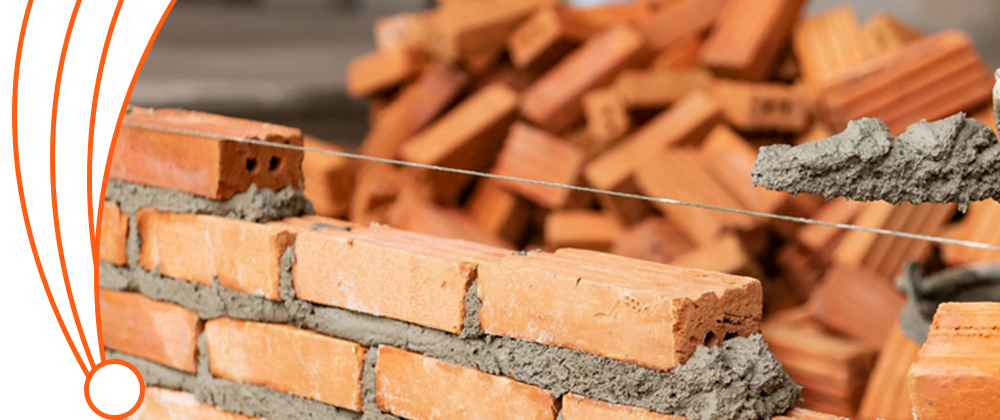
Benefits of Solid Brick
1. Durability and Longevity:
Solid brick structures are known for their uncommon strength, with a life expectancy that can reach out for a long time. They can endure cruel atmospheric conditions and are profoundly resistant to pests, dampness, and rot.
2. Enhanced Sound Insulation and Fire Resistance:
The dense composition of solid brick provides excellent sound insulation properties, making it an ideal choice for reducing noise transmission. Additionally, solid brick offers enhanced fire resistance, adding an extra layer of safety to the structure.
3. Thermal Mass and Energy Efficiency:
Solid brick possesses excellent thermal mass, which helps regulate indoor temperatures by absorbing and releasing heat slowly. This characteristic contributes to improved energy efficiency, reducing heating and cooling costs.
4. Increased Property Value:
Investing in solid brick construction can enhance the value of a property. Its timeless appeal and long-lasting durability are attractive to potential buyers, making it a worthwhile investment in the long run.
Benefits of Brick Veneer
1. Cost-Effectiveness and Affordability:
Brick veneer is generally more cost-effective than solid brick due to lower material and labor expenses. It provides the appearance of a solid brick structure at a fraction of the cost.
2. Design Versatility and Customization Options:
With brick veneer, there is a wide range of brick types, colors, and patterns available, allowing for greater design flexibility and customization. This versatility enables builders to achieve specific architectural styles and meet individual preferences.
3. Reduced Construction Time and Labor:
Brick veneer construction is generally faster compared to solid brick, as it involves attaching pre-made bricks rather than laying them individually. Reduced construction time can lead to lower labor costs and quicker project completion.
4. Compatibility with Other Building Materials:
Brick veneer can be easily combined with other building materials such as wood or steel framing, offering greater design possibilities and structural options.
Conclusion
After comparing the complete factors of both brick veneer vs solid brick you can easily make the difference. With the help of this comprehensive guide, you know very well about the advantages and disadvantages of both options.
Choose wisely according to your budget first and then the aesthetic touch you want to add to your property. Before deciding between solid brick or brick veneer construction for your project, consult with an experienced architect or contractor who can assess your specific circumstances and provide expert guidance.



